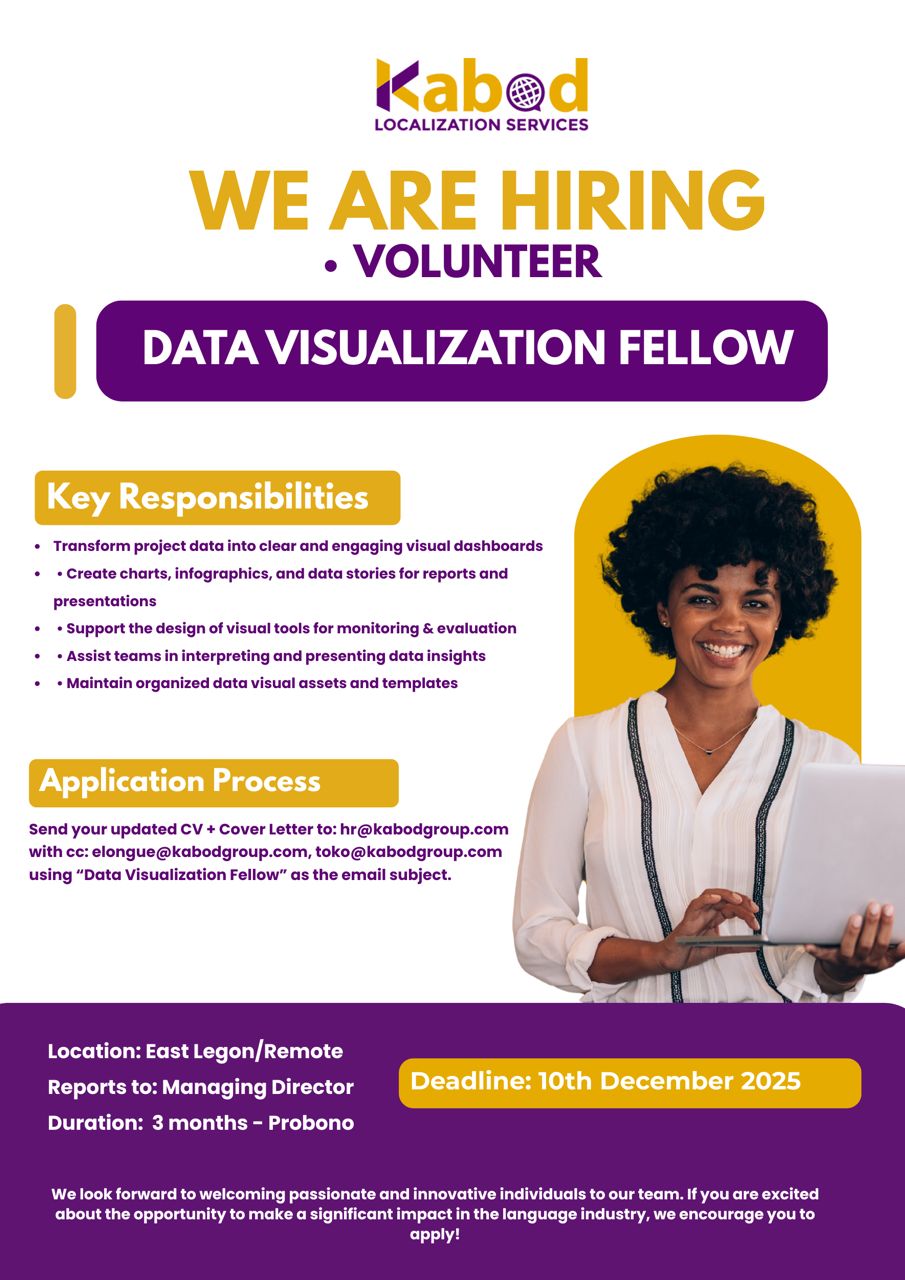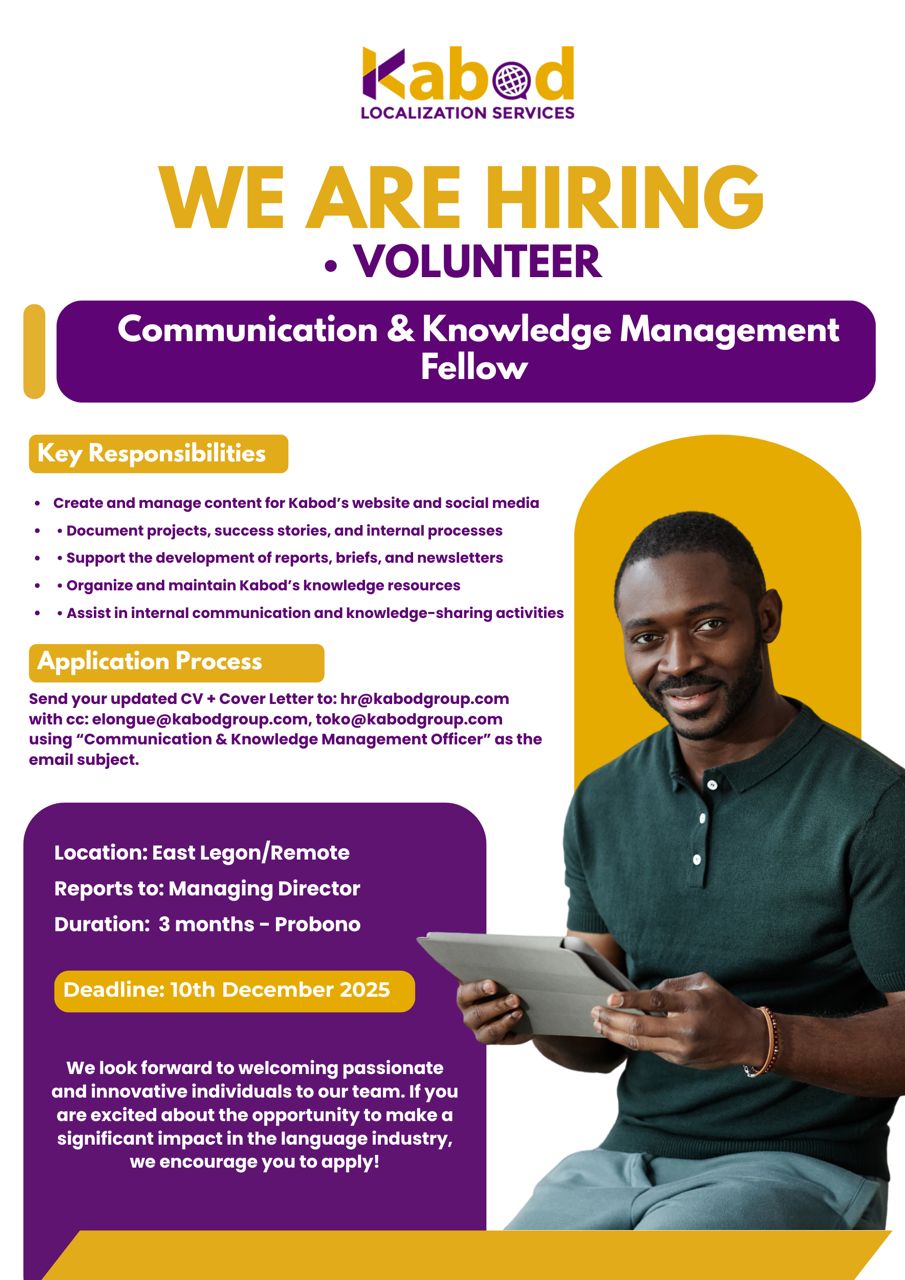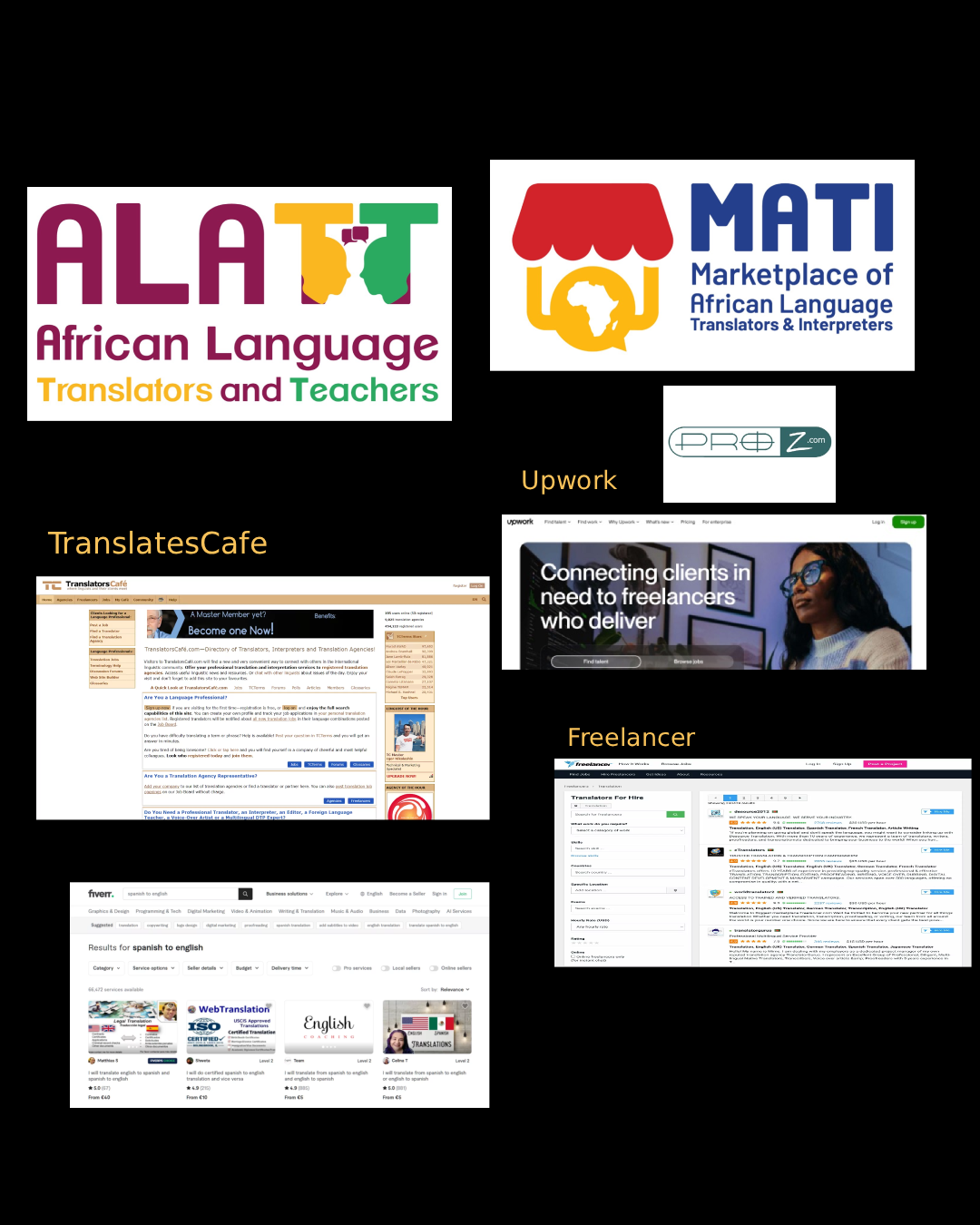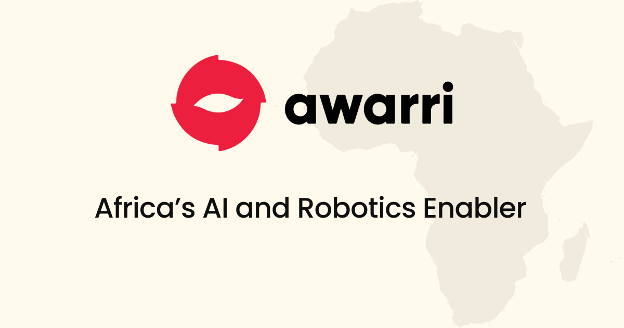In today’s business world, an organization’s most valuable asset is its people’s experience and expertise. Employees use one another’s knowledge to solve problems, make key business decisions, and meet the needs of customers. The free exchange of ideas fosters innovation. Companies gain a competitive advantage by sharing their learnings and insights.
But, are organisations making the best use of this valuable resource?
Surprisingly, current practices for knowledge sharing barely scratch the surface. Organizations are failing to extract the full value of their experience and expertise due to approaches that are both too narrow and too rigid.
Information is scattered
One of the most serious knowledge-sharing issues that organisations are currently facing is that employee knowledge is dispersed across too many tools and sources. If a team member becomes stuck at work, the information they require to solve the problem may be stored in a team database. Or it could be listed on an intranet subpage. Or buried on page 37 of a PDF. There is no one-stop-shop for people with work-related questions. Instead, documented answers pile up in random corners of the digital environment – assuming they are documented at all.
Too many tools
To be clear, the issue is not a lack of knowledge repositories within organisations. They actually have too many. Employees store and share information on a variety of tech tools of their own choosing. These may differ between teams, business units, and locations. As a result, knowledge becomes siloed.

Information is outdated
Even if employees are able to locate the documents they require, they may not be able to find the appropriate answers. Many employees believe that the information they have access to at work is frequently outdated or redundant.
Solution: Update knowledge sharing for the modern business world
Modern knowledge management platforms, such as Kabod KM, facilitate this type of inter employee interaction, putting human knowledge at the heart of productivity and innovation. They break down barriers to collaboration and enable knowledge to be shared across different teams, organizational levels, and geographical locations.




